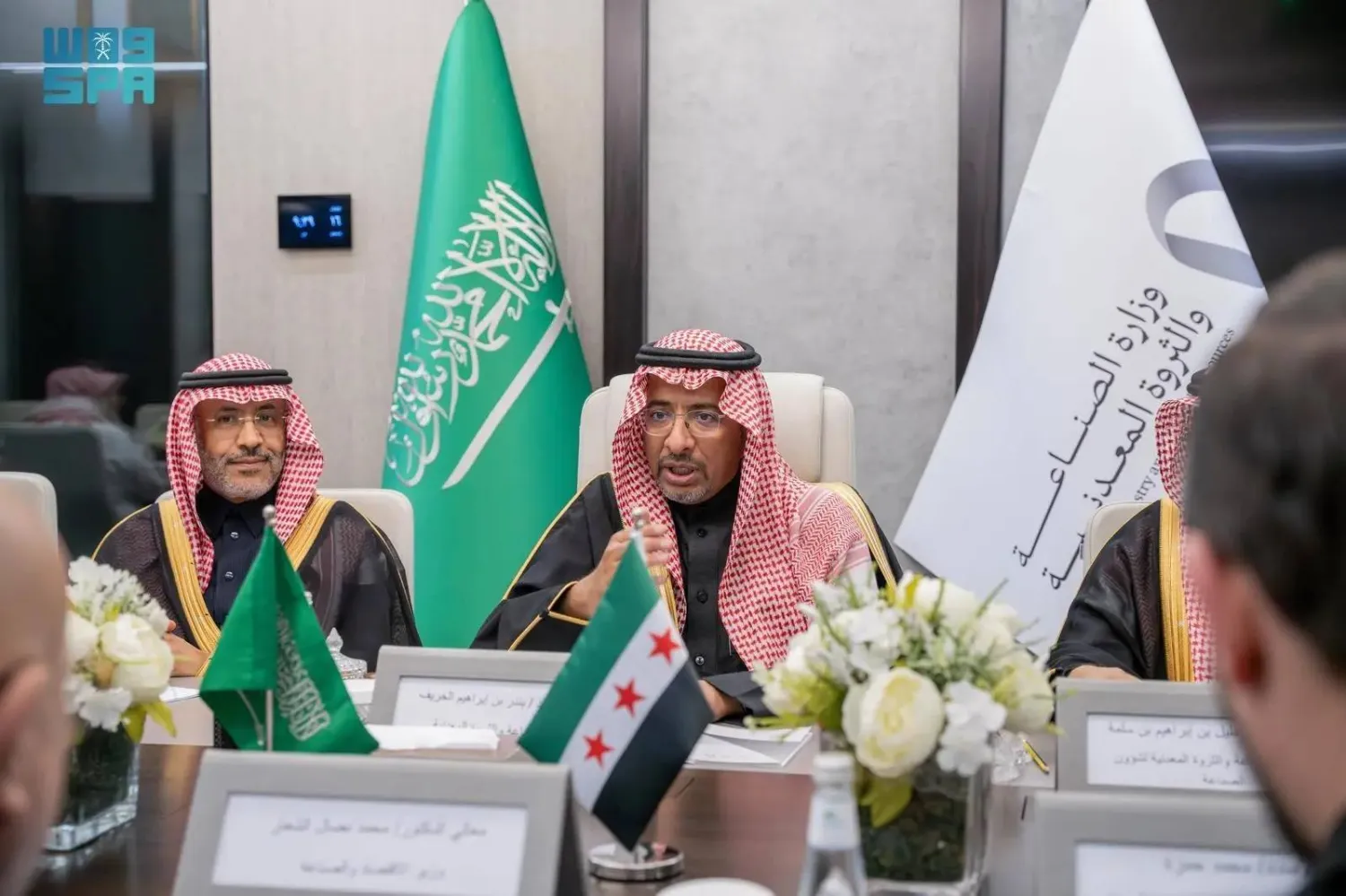The Saudi Council of Economic and Development Affairs (CEDA) approved the conclusion of the Financial Sustainability Program, one of the first programs of the Saudi Vision 2030 implementation, after successful completion of its plan to ensure continued progress and achievement.
The program has contributed to establishing the foundations for financial sustainability across various key sectors.
Meeting virtually, the Council reviewed the program's performance and achievements in driving positive transformation in public finances through the implementation of numerous reforms and the establishment of effective entities, which helped diversify revenue sources, enhance government spending efficiency and improve financial planning capabilities.
The meeting reviewed the economic report for January presented by the Ministry of Economy and Planning, including an analysis of global economic developments, key projections for global economic growth, the impact of political trends and global changes on emerging market economies, and their effects on the national economy.
Economic indicators demonstrate stability in performance despite global fluctuations and risks arising from challenges in international trade and geopolitical conditions, with this resilience underpinned by growth in both consumer spending and the private sector, in line with the objectives of Saudi Vision 2030.
Saudi Arabia remains one of the least vulnerable economies to global risks in the region. The Riyad Bank Purchasing Managers’ Index (PMI) performed strongly, reaching 60.5 points in January, the highest since September 2014.
The non-oil private sector started 2025 with its strongest growth in over a decade, driven by the fastest rise in new orders since June 2011. This has led companies to expand business activity and increase inventory.
CEDA also reviewed the report from the Project Management Office regarding the follow-up on decisions and recommendations issued by the Council during the fourth quarter of 2024. The report detailed the Council's outputs, the status of these outputs with the represented entities and statistics on achievement levels.
The Council’s diligent follow-up on progress led to maintaining a significant increase in the achievement rate, with represented entities exceeding 98% in performance indicators.
Moreover, the meeting addressed the updated executive plan for the Quality of Life Program, which included a review of its scope, goals, challenges, efforts, pillars and strategic considerations.
It highlighted the significant progress made in the quality of life since the launch of Vision 2030, achieved through the combined efforts of various government entities.
The Council also discussed presentations related to policies, studies and strategies, including those concerning the governance of national strategies, the necessary enablers to activate proposed plans for improving waste management in Riyadh, and the unified policy project for determining the need for medicines, medical devices and supplies in the healthcare sector.









